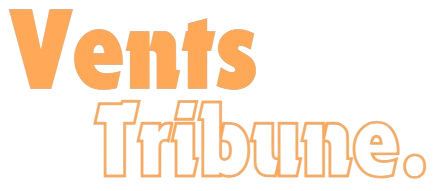In leadership, trust and transparency are critical to fostering a productive and harmonious work environment. These qualities are essential for establishing a leader’s reputation and uniting teams towards shared goals. Here are five strategies to enhance trust and transparency in leadership:
Open Communication
Effective leaders prioritize open communication, creating an inclusive environment where team members can freely share ideas. By nurturing trust and dialogue, leaders ensure alignment, minimize misunderstandings, and concentrate on achieving strategic objectives, thereby driving collaboration, innovation, and success. Charles Field Marsham exemplifies these traits through his leadership at the Field Marsham Foundation, emphasizing open dialogue and promoting a culture of honesty and integrity. In 2009, he and his wife, Rita Field Marsham, established The Charles and Rita Field Marsham Foundation.
Consistency in Actions
Consistency in actions and decisions is crucial for building and maintaining trust within any organization. Leaders who consistently apply the same principles and standards exhibit integrity and ethical grounding. This unwavering consistency assures team members of their leader’s reliability and genuine commitment to fairness and transparency, ensuring decisions are made predictably and justly. This approach significantly strengthens trust and fosters a collaborative, positive environment where individuals feel valued and respected, thereby boosting productivity and morale.
Lead by Example
Leaders who embody the values they champion inspire confidence and loyalty. By being transparent and open about their decisions, they set a commendable standard, reinforcing the organization’s moral framework and fostering a culture of integrity. This leads to a motivated team aligned with the organization’s vision and goals, ensuring long-term success and sustainable growth. Mary Barra, CEO of General Motors, serves as a notable example. Her transparent and authentic leadership during the 2014 ignition switch recall crisis demonstrated integrity and accountability. Under her leadership, GM prioritized customer safety and enhanced their organizational culture, emphasizing accountability. Barra’s approach reinforced trust among employees, stakeholders, and customers, showcasing the power of leadership that truly exemplifies its values.
Acknowledging Mistakes
Acknowledging mistakes openly is a powerful tool for promoting transparency and trust in any organization. A leader who admits errors displays humility and accountability, setting a commendable example for the team. This behavior encourages a culture where all team members feel empowered and safe to recognize their own mistakes, fostering an environment conducive to continuous learning and growth—essential for driving innovation and successful adaptation in today’s rapidly changing landscape. Leaders should also support initiatives that enhance team skills, provide regular feedback, and cultivate an atmosphere of mutual respect, understanding, and collaboration.
Sharing Information Transparently
Transparency involves consistently sharing relevant information with the entire team. Keeping employees informed about organizational changes, policy updates, and company performance demystifies complex decision-making processes. By regularly sharing comprehensive information, leaders build trust, foster open communication, and enhance the team’s sense of inclusion and belonging, ensuring everyone feels valued, engaged, and aligned with the company’s overarching goals. Moreover, transparency encourages accountability, boosts morale, and drives collaboration across departments, empowering employees to contribute their best efforts toward shared organizational success.
These five strategies substantially enhance trust and transparency in leadership. By fostering open communication, consistency, and authenticity, leaders build a lasting reputation and cultivate a team committed to collective success.

